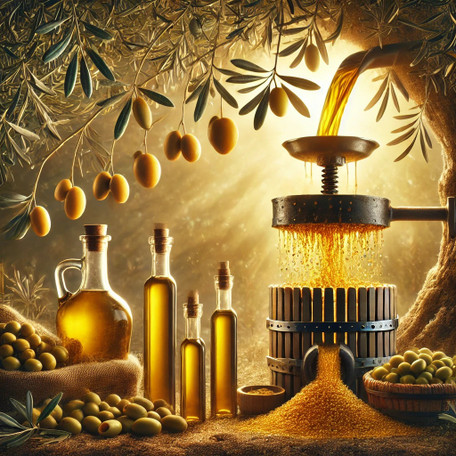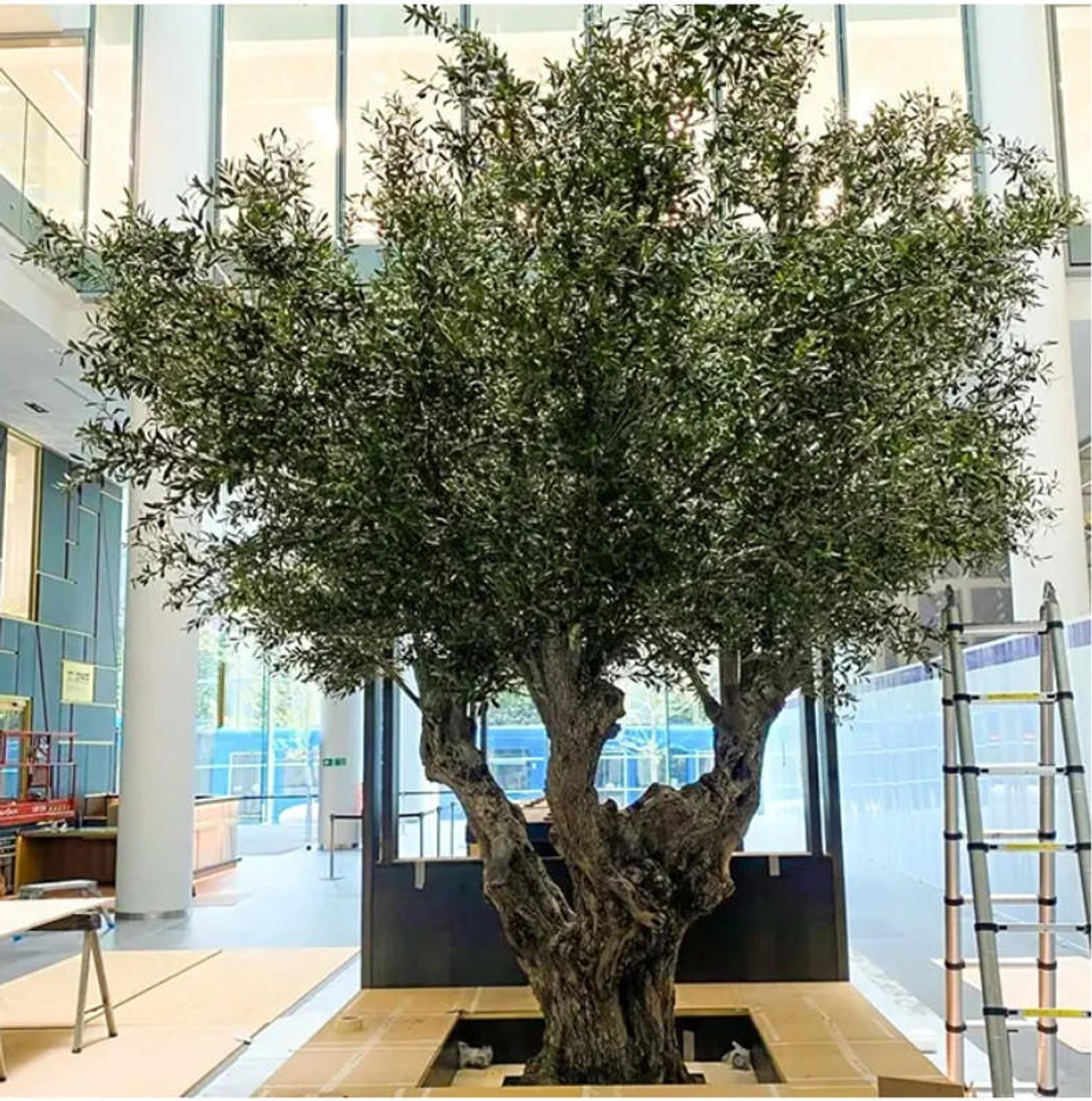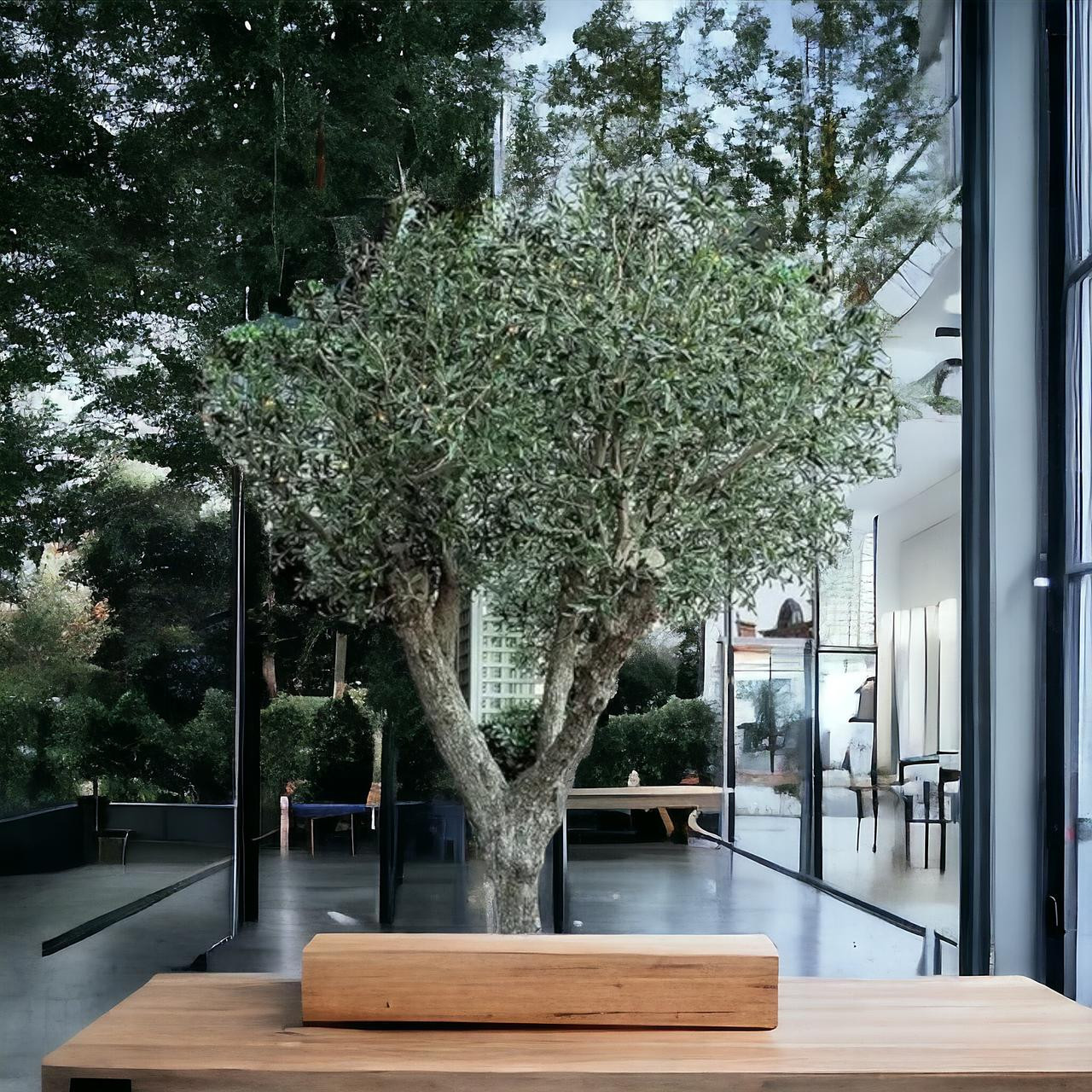The Journey of an Olive: From Tree to Olive Oil
Aug 10, 2024
The Journey of an Olive: From Tree to Olive Oil
Welcome to the world of olive farming, where ancient traditions meet modern innovations, and where every drop of golden olive oil tells a story that began months, even years, before it ever touched your palate. As an olive oil farmer, there’s nothing more satisfying than seeing the fruits of our labor—quite literally—transform from small, green drupes hanging on the tree into the rich, flavorful oil that graces tables around the world. Join me as we journey together from the olive grove to the bottle, exploring each step in the process that turns humble olives into the liquid gold known as olive oil.
Cultivation: Nurturing the Olive Tree
The journey of olive oil begins long before the first olive is ever picked. It starts in the olive grove, where each tree is carefully nurtured to produce the best possible fruit. Olive trees are remarkable—they’re hardy, resilient, and can live for hundreds, even thousands, of years. But they also require a farmer’s keen attention and care to thrive.
Choosing the Right Variety
The first step in cultivating olives is selecting the right variety of olive tree. There are hundreds of olive varieties, each with its own unique flavor profile and characteristics. Some olives are better suited for oil production, while others are ideal for table olives. As an olive farmer, I must consider factors like climate, soil type, and the desired end product when choosing which variety to plant.
In my grove, I’ve chosen a mix of varieties, including the robust and fruity Arbequina, the peppery and bitter Koroneiki, and the smooth, mild Frantoio. Each variety brings something special to the final oil, creating a blend that’s complex, balanced, and full of character.
Planting and Pruning
Once the trees are planted, they require regular care and maintenance to ensure they grow strong and healthy. Pruning is an essential part of olive tree care. It helps shape the tree, promotes air circulation, and encourages the growth of new, productive branches. We usually prune our trees in late winter or early spring, just before the new growth begins.
Pruning is both an art and a science. Too little pruning, and the tree becomes overgrown and less productive; too much, and you risk reducing your yield. It’s a delicate balance, but one that pays off when you see the trees laden with fruit come harvest time.
Irrigation and Fertilization
Olive trees are naturally drought-resistant, but that doesn’t mean they don’t need water. In regions where rainfall is scarce, we supplement with drip irrigation to ensure the trees get enough moisture, especially during the critical growing season. The key is to provide enough water to sustain the trees without overwatering, which can lead to root rot and other issues.
Fertilization is another important aspect of olive cultivation. Healthy soil equals healthy trees, and we’re always working to maintain the right balance of nutrients in the soil. Organic compost, cover crops, and careful monitoring of soil health help us keep our trees strong and productive.
Harvesting: The Moment of Truth
After months of tending to the trees, the moment we’ve all been waiting for finally arrives: harvest time. The exact timing of the harvest is critical—it’s a delicate balance between waiting for the olives to ripen and ensuring they’re not overripe, which can affect the quality of the oil.
When to Harvest
The decision of when to harvest is one of the most important we make each year. Olives can be harvested at various stages of ripeness, and the timing will affect the flavor, aroma, and even the shelf life of the final oil. Early-harvest olives, which are typically green or just starting to turn purple, produce oil with a more robust, peppery flavor and higher levels of polyphenols—those powerful antioxidants that contribute to the oil’s health benefits. Later-harvest olives, which are fully ripe and black, produce a milder, smoother oil with a slightly lower antioxidant content but a more buttery texture.
In my grove, we typically opt for a mix, harvesting some olives early for a peppery kick and letting others ripen fully to add balance and roundness to the blend.
Harvesting Techniques
There are several methods for harvesting olives, ranging from traditional hand-picking to more modern mechanical methods. Each has its advantages and disadvantages, and the choice often depends on the size of the grove, the terrain, and the desired quality of the oil.
- Hand-Picking: In small groves or when producing premium, artisanal oils, hand-picking is often the preferred method. It’s labor-intensive but allows for careful selection of the best fruit. The olives are gently plucked from the branches or knocked into nets using long poles. This method minimizes bruising and ensures that only the best olives make it to the press.
- Mechanical Harvesting: For larger groves, mechanical harvesters are often used to speed up the process. These machines use vibrating arms or rotating brushes to shake or comb the olives off the trees. While faster and more efficient, mechanical harvesting can sometimes result in a higher percentage of damaged fruit, which can affect the quality of the oil. To mitigate this, we carefully monitor the process and handle the fruit with care.
Regardless of the method, speed is of the essence. Once harvested, olives begin to deteriorate quickly, so we rush them to the mill within hours to preserve their freshness and flavor.
Pressing: Turning Olives into Liquid Gold
With the olives safely harvested, the next step in the journey is pressing them to extract the precious oil. This is where the magic really happens, as the fruit is transformed into the liquid gold that is olive oil.
The Milling Process
The first step in the pressing process is milling, where the olives are crushed into a paste. Traditionally, this was done with large stone mills, where the olives were ground by a heavy stone wheel. While some artisanal producers still use this method for its old-world charm, most modern mills use stainless steel crushers to break down the olives more efficiently and hygienically.
As the olives are crushed, both the oil and water within the fruit are released. The resulting paste is thick and aromatic, a blend of olive pulp, pits, and skin.
Malaxation: Bringing It All Together
After milling, the paste undergoes a process called malaxation, where it’s slowly churned to help the oil droplets coalesce. This step is crucial for maximizing the oil yield and improving its quality. The paste is gently stirred for about 20 to 40 minutes, allowing the small oil droplets to merge into larger ones that can be more easily extracted.
Malaxation is a delicate process. The temperature must be carefully controlled to avoid overheating, which can degrade the oil’s flavor and nutritional properties. In my mill, we use a cold-press method, keeping the temperature below 27°C (80°F) to preserve the oil’s delicate flavors and aromas.
Extraction: Separating the Oil from the Paste
Once malaxation is complete, it’s time to separate the oil from the rest of the olive paste. There are two main methods for doing this: traditional pressing and modern centrifugation.
- Traditional Pressing: In the traditional method, the olive paste is spread onto mats or discs, which are then stacked and pressed to squeeze out the oil and water. The liquid that is extracted contains both oil and water, which are later separated. This method is still used by some artisanal producers and is valued for its simplicity and low environmental impact.
- Centrifugation: Most modern mills use a centrifuge to extract the oil. The olive paste is spun at high speeds, which separates the oil, water, and solid matter through centrifugal force. This method is faster and more efficient than traditional pressing and allows for the extraction of a purer oil.
After extraction, the oil still contains some water and tiny particles of olive flesh. These are removed through decantation or filtration, resulting in a clear, golden oil that’s ready to be enjoyed.
Bottling: Preserving the Precious Oil
With the oil now extracted and purified, the final step in its journey is bottling. But the process doesn’t end here—how the oil is stored and packaged is just as important as how it’s produced.
Quality Control and Tasting
Before the oil is bottled, it undergoes a rigorous quality control process. This includes chemical analysis to ensure it meets the standards for extra virgin olive oil, as well as sensory evaluation by trained tasters. The tasters assess the oil for defects and qualities such as fruitiness, bitterness, and pungency. Only oils that pass both the chemical and sensory tests can be labeled as extra virgin.
Tasting olive oil is an art in itself, much like wine tasting. We look for a balance of flavors, with a fresh, fruity aroma and a pleasant bitterness and pepperiness on the palate. Each variety and blend has its own unique profile, and as a farmer, I take great pride in crafting oils that reflect the terroir of my grove.
Packaging: Protecting the Oil’s Integrity
Once the oil has been approved, it’s time to package it. Olive oil is highly sensitive to light, heat, and air, which can cause it to deteriorate and lose its flavor and health benefits. To protect the oil, we use dark glass bottles or tins that block out light and minimize exposure to air.
Some producers also add a layer of inert gas, such as nitrogen, to the bottle before sealing it. This helps prevent oxidation and keeps the oil fresh for longer. Proper storage is key to maintaining the oil’s quality, and we always advise customers to keep their bottles in a cool, dark place and to use the oil within a year of bottling for the best flavor.
Labeling and Traceability
Transparency and traceability are increasingly important in the olive oil industry. Consumers want to know where their oil comes from and how it was produced. That’s why we take care to label our bottles with detailed information about the variety of olives used, the harvest date, and the region of production.
In recent years, some producers have also begun using blockchain technology to provide even greater transparency. This allows consumers to trace the journey of their olive oil from the grove to the bottle, ensuring they’re getting a high-quality, authentic product.
Enjoying the Fruits of Our Labor
And there you have it—the journey of an olive from tree to olive oil, a process that’s as much an art as it is a science. Each bottle of olive oil represents months, even years, of hard work, dedication, and passion. For me, there’s nothing more rewarding than sharing this liquid gold with others, knowing that it’s not just food—it’s a connection to the land, to tradition, and to the people who made it.
Whether you’re drizzling it over a fresh salad, using it to cook a family recipe, or simply dipping a piece of crusty bread into it, olive oil has the power to elevate any dish and bring people together. It’s a true gift from nature, one that I’m proud to be a part of.
So the next time you reach for a bottle of olive oil, take a moment to appreciate the journey it took to get there. From the sun-soaked groves where the olives were grown to the careful pressing and bottling, each drop of olive oil tells a story—one that’s rich, flavorful, and deeply rooted in the earth.
Thank you for joining me on this journey. I hope you enjoy your olive oil as much as I enjoyed making it!






